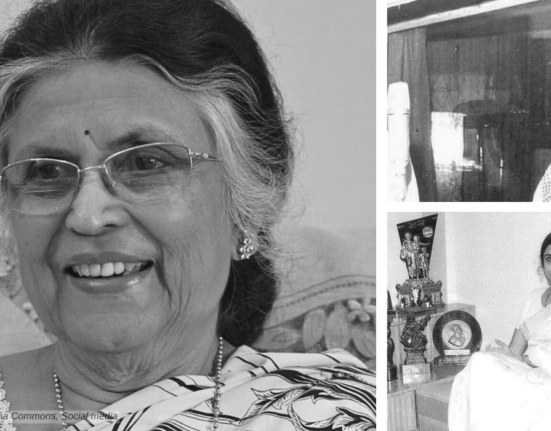Kundan Lal Saigal, fondly remembered as K.L. Saigal, was a legendary Indian playback singer and actor born on April 4, 1904. Hailing from Jammu, his mellifluous voice and emotive singing style left a permanent mark on the music industry during the 1930s and 1940s. Most of the singers of that era were influenced by his style and his unique voice quality, which was a mixture of baritone and soft tenor, was the benchmark of good singing.
a fakir singing a ghazal of Ghalib’s. They sat down and listened and when it was over Saigal put his hand in his pocket and whatever was in it – 5,000 rupees, a great sum in those days – gave to the fakir. And when the friend asked whether he knew how much he had given, Saigal said, “Did Oopar Wala count the money when he gave it to me?
Begum Akhtar
Although he was interested in music from an early age, he dropped out of school and started working as a railway timekeeper. He also worked as a typewriter salesman for the Remington Typewriter Company, Shimla.
Kolkata
He comes to Calcutta with musician Harishchandra Bali, who introduced him to RC Boral, who liked the young Kundan’s voice. Around that time in the 1930s, he was hired by B. N. Sircar’s film studio, New Theatres, where he met stalwarts like Pankaj Mullick, K. C. Dey and Pahari Sanyal.

It was also the time when his first record of Punjabi songs, composed by Harishchandra Bali, was released by the Indian Gramophone Company. Saigal made his debut in films with Mohabbat Ke Ansu, followed by Subah Ka Sitara and Zinda Lash in 1932.
His first success came in 1933 with Yahudi ki Ladki and Puran Bhagat. The songs of Puran Bhagat become a sensation throughout the nation. Other films that followed were Chandidas, Rooplekha and Karwan-E-Hayat before PC Barua cast him in Devdas, based on Sarat Chandra Chattopadhyay’s novel. His songs in the film Devdas (1935), “Balam Aaye Baso Moray Man Mein” and “Dukh Ke Ab Din Beetat Naahi”, were instant hits.
Saigal continues to deliver timeless classics that touched the hearts of millions, like Didi (Bengali), President (Hindi) in 1937, Desher Mati (Bengali), Dharti Mata (Hindi) in 1938, Saathi (Bengali), Street Singer (Hindi) in 1938, which has the classic “Babul Mora Naihar Chhooto Jaye”, Dushman (1939), Jiban Maran (1939) and Zindagi in 1940.
Bombay
In December 1941, Saigal moved to Bombay and did movies including Bhakta Surdas (1942) and Tansen (1943), My Sister & Bhanwara (1944), Tadbir(1945), Shahjehan (1946), Omar Khaiyyam (1946 and Parwana (1947), his last film has four songs in Saigal’s voice “Toot gaye sab sapne mere”, “Mohabbat mein kabhi aisi bhi haalat”, “Jeene ka dhang sikhaae ja”, and “Kahin ulajh na jaana”.


K.L. Saigal’s songs remain cultural treasures, showcasing his unparalleled artistry. In ShahJehan, under Naushad Saab, he did his best work with songs like “Ghum Diye Mustakil ” “Kar Lijiye Chal Kar Meri,” “Jab Dil Hi Toot Gaya,” and “Mere Sapnon Ki Rani,” with Rafi Saab. His renditions of Ghazalas of poets such as Ghalib, Zauq, and Seemab are still considered classics.
Saigal died in Jalandhar on January 18, 1947, at the age of 42 due to complications related to his alcoholism. Despite a brief life, Saigal’s influence on Indian music endures, making him an immortal figure in the golden annals of Bollywood and playback singing.












